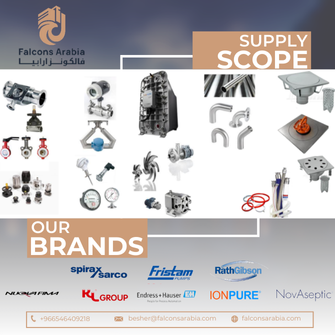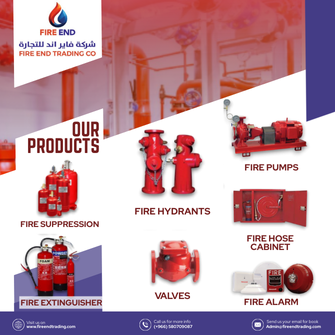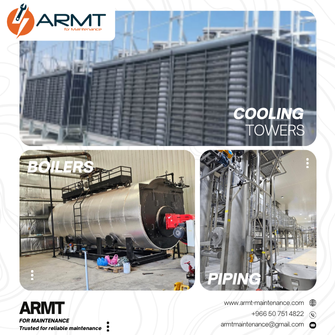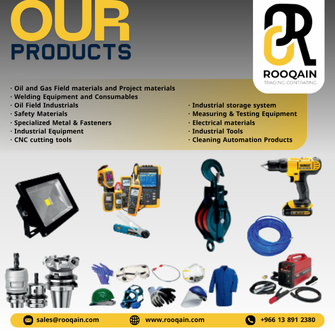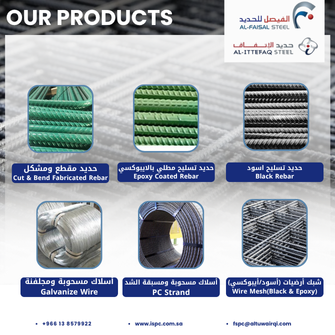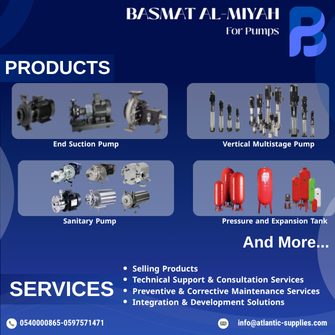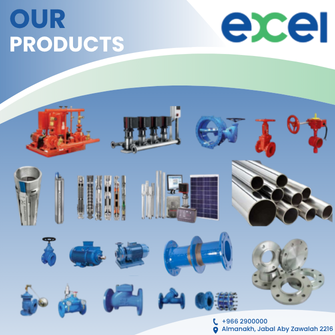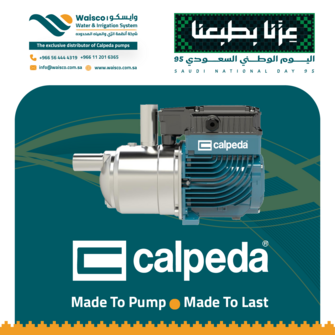Fasteners - Threaded Rod - Bolt - Washer - Nut - Eye Hook - Screws - Flush Anchors - Channels
advertisement
Gallery
Product Information
A fastener is a device that holds two or more objects together. A fastener can be a bolt and nut, a screw, a rivet, or even a staple. However, the majority of fasteners used in industry are threaded fasteners. They are used to join individual elements in a secure and cheap way that can be assembled and disassembled as often as required.
Bolts, Screws and Studs
Threaded fasteners are usually grouped into three main categories: bolts, screws and studs.
Bolts
A bolt is the term used for a threaded fastener with a head on one end of a shank or body and a thread on the other end. Designed for insertion through holes in assembly parts, it is mated with a tapped nut. Tension is normally induced (or released) in the bolt to compress the assembly by rotating the nut. This may also be done by rotation of the bolt head. Bolts require two tools to tighten or loosen them.
A nut is an internally threaded product intended for use on external or male screw threads such as a bolt or stud for the purpose of tightening or assembling two or more components.
Screws
Screw is a headed threaded fastener that is designed to be used in conjunction with a pre formed internal thread or alternatively forming its own thread (Historically, it was a threaded fastener with the thread running up to the head of the fastener that has no plain shank. However, this definition has largely been superseded to avoid confusion over the difference between a bolt and a screw.). Tension is induced in it by rotation of the head.
As a screw is mated into an internal (female) thread in a work piece, it only requiring one tool to tighten or loosen it.
Screws are sometimes divided into two sub-categories; cap screws and machine screws.
Machine screws are generally smaller in size than cap screws and they are used for screwing into thin materials.
Studs
A stud is a fastener which is threaded at both ends with an unthreaded shank in between. One end (which often has a thread tolerance which results in more thread interference) is secured into a tapped hole, the other is used with a nut to create tension.
Studs are a hybrid between a bolt and a screw, since one end of the stud functions as a screw while the other functions as a bolt. it is usual for the stud to be screwed into the threaded hole to the end of the thread on the stud.
In case of a stud joint, the upper part has a clearance hole and the lower part has a tapped (threaded) hole. Stud joints have some advantages compared with other fastening methods. The projecting studs can be used to locate and guide parts during assembly. The tapped hole takes up little space and the hole can be BLIND (i.e. not all the way through the component) which may avoid sealing problems. Studs are generally intended to be screwed as far as possible into the tapped hole in a component and to remain there as a semi-permanent attachment. The joint is detached by unscrewing the nut from the exposed end of the stud. Wear and tear of the tapped hole is thereby avoided.
The terms bolt and screw are sometimes used interchangeably and they can refer to the same element. In practice, the basic difference between a bolt and a screw is that a bolt is usually intended to be used in conjunction with a nut where it will be tightened or loosened using the nut, while a screw is usually intended to be mated with an internally threaded hole and the screw head is used for tightening or loosening.
Appendix B of ASME B18.2.1-1996 has established a recommended procedure for determining the identity of an externally threaded fastener as a bolt or as a screw. As per the recommended procedure:
A bolt is an externally threaded fastener designed for insertion through holes in assembled parts, and is normally intended to be tightened or released by torquing a nut.
A screw is an externally threaded fastener capable of being inserted into holes in assembled parts, of mating with a preformed internal thread or forming its own thread, and of being tightened or released by torquing the head.
A washer is a part usually thin, having a centrally located hole. The washer performs various functions when assembled between the bearing surface of a fastener and the part being attached. Insulation, lubrication, spanning of large clearance holes, and improved stress distribution are a few design uses.
A washer face is a circular boss on the bearing surface of a bolt or nut.
Looking for new opportunities in the Saudi market?
Receiving real RFQs is the key for new orders.
Here in Project Suppliers platform we gain you the new opportunity.



